Should it stay or should it go?
Two words: KonMari Method.
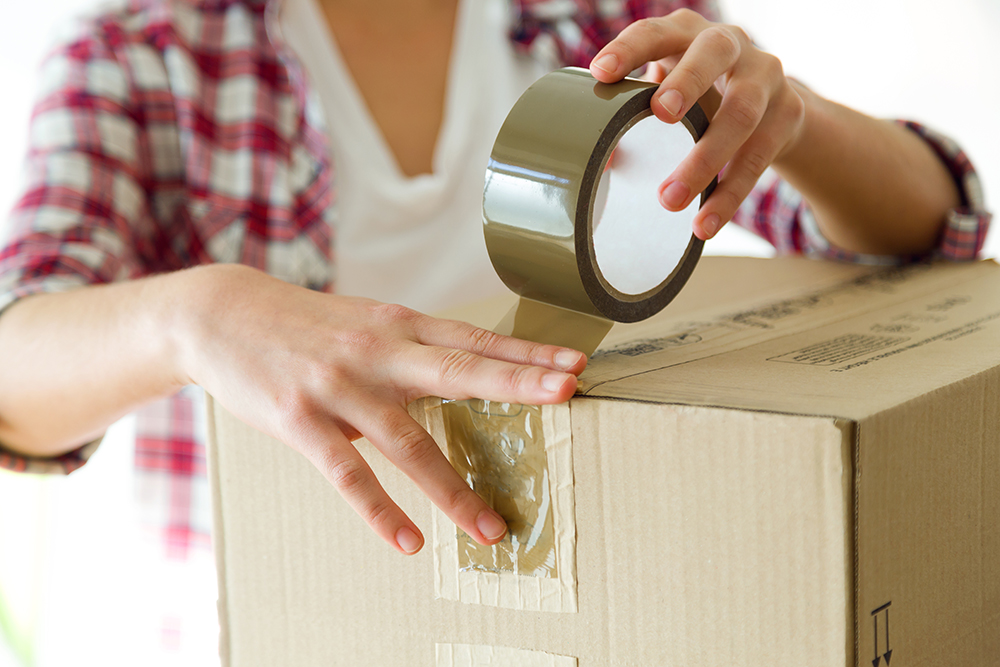
For the uninitiated, I'll sum up the KonMari method - don't keep the crap you don't use. And certainly don't ship it half way around the globe. Think lean and mean as you plan what to bring and what to leave. Create a packing checklist so you don't forget anything.
When I moved to Japan years ago, I paid $100 a month in storage fees for boxes of things I couldn't pawn off on family and frankly, didn't know what else to do with. Three years later, I returned to the storage unit, shocked at how little value I found in those boxes. What a waste of money! Indecision over what to do with a possession can get expensive. Be ruthless as you pair your stuff down.
Assess your possessions. Determine what to move, what to donate, what to sell, what to throw away.
Here are some things to consider:
Pack within your baggage allowance
Check the fine print on your airline tickets—for each leg of your journey. International flights generally have 1-2 bag free bags, but some domestic flights or inter-European flights charge 40 to 100 Euros or more for each checked bag. Factor this into your budget and ask yourself if you really need the contents of that second or third bag.
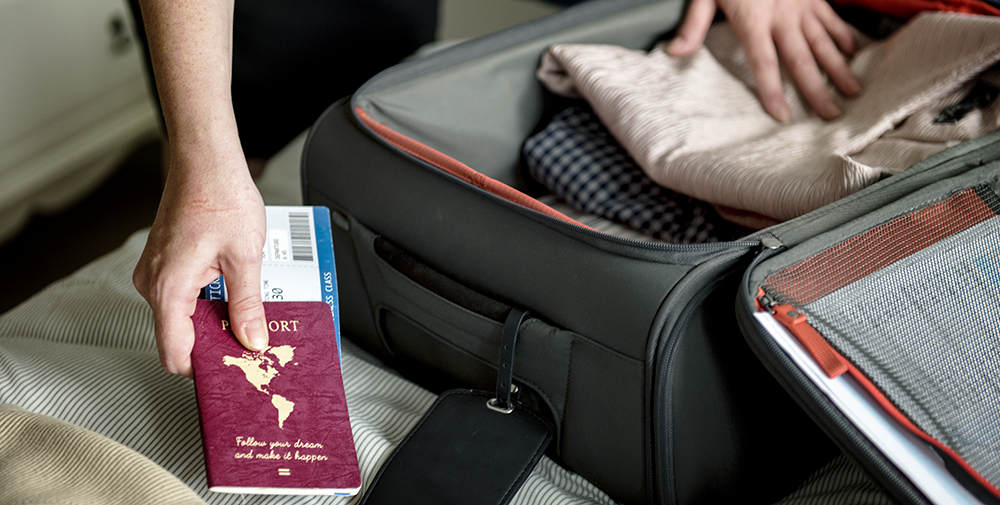
Start your journey with what you can take on the plane—don't ship extra packages to yourself before you even have a permanent place to live. It will make your life more complicated, and who knows, your future flatmate may be able to lend you some of the things you can't live without.
Shipping packages through the post to the Czech Republic is a risky business. The international mail system is not the most reliable and some packages take months to arrive or don't arrive at all. If you find that you absolutely need to bring more than your baggage allowance, it might be worth it to pay for an extra suitcase rather than shipping a box.
Will you need in the first 6 months?
Wondering if you should pack your snowboard boots & pants, even though you're moving to Prague in June? Put seasonal items you might need in the future in an organized place for a friend or relative to send to you when the season starts. You might find that you don't even need them by the time ski season comes around.
Maybe your sister or best friend plans to visit you a few months after you move. Can she bring some of these items for you, rather than risk the uncertainty of the postal service?
Can you buy it in Prague?
You can find just about everything in Prague, but some consumer goods are more expensive than you'll find at home, particularly high-end electronics. Add to that the 21% VAT tax, and you might want to get that much-needed laptop upgrade before you arrive.
Consider the cost of shipping something vs. the cost of buying a new version of the item.
Are your electronics 110V or 220V?
U.S. electronics are 110V, Canadian electronics are 120V and European electronics are 220V. Some US/Canadian electronics can be used in Europe with a simple $2 adapter and SOME WILL CATCH ON FIRE.
My husband explained this all to me, and still, within my first 6 months, I broke a brand new Clarisonic, I melted a hair straightener plate right off the device and my sister burnt a hole in my floor with a space heater.
So, you need to know the difference between Adaptors and a Converters:
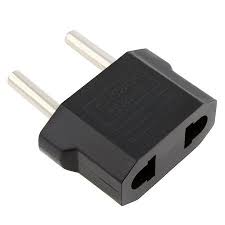
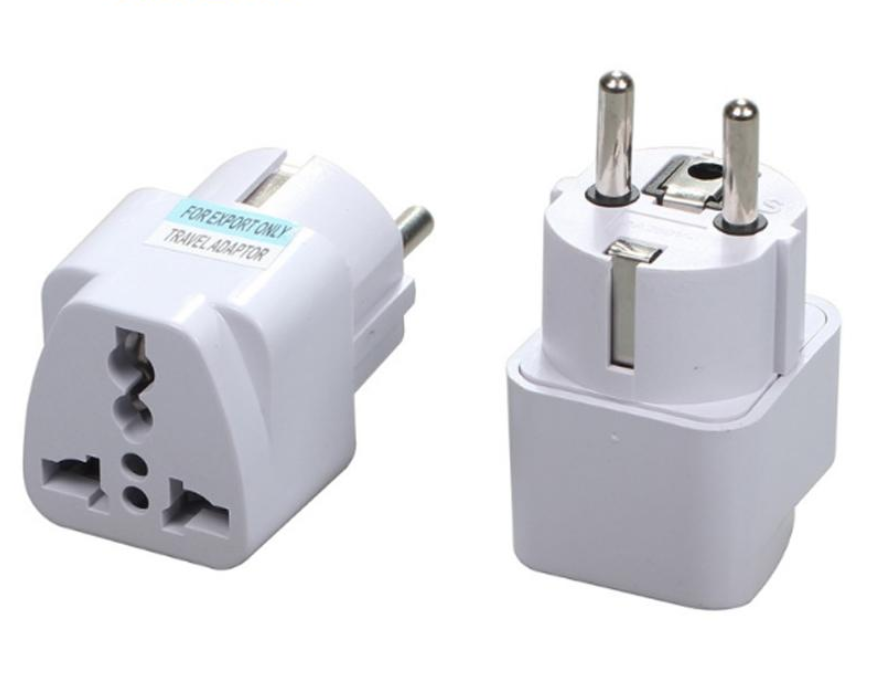
Adaptors change the shape of the metal parts of the plug from US to EU. It does not change the electrical current, meaning a device that's built to receive 110 volts of electricity will get hit with twice that much if you plug it in a European outlet. Hence, destroyed devices.
This means you should only use an adaptor with electronics that explicitly state on their plugs or tags that their device accepts up to 220V, like the Apple Laptop plug below, which accepts and converts from 100V up to 240V.
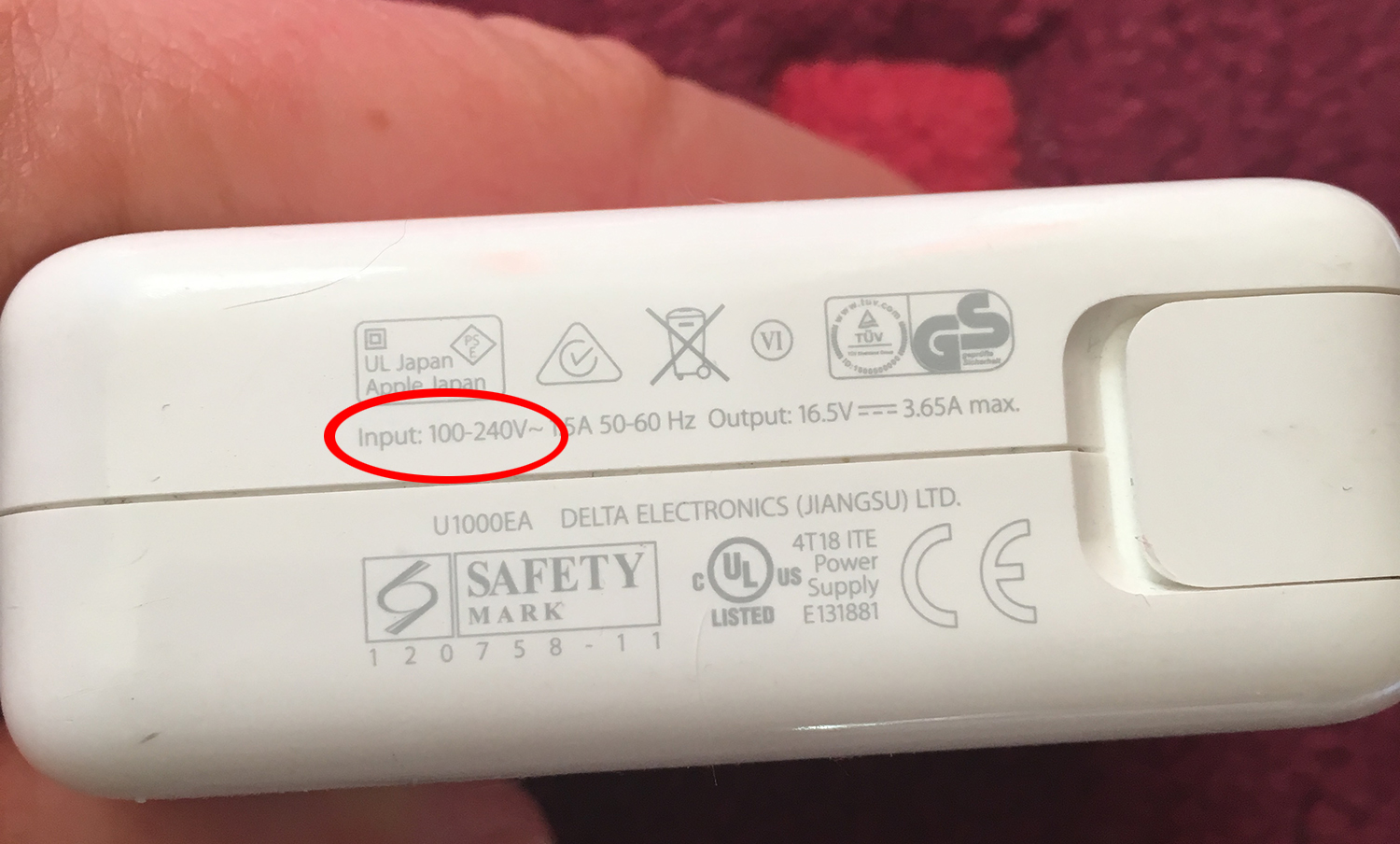
In general, computers, smartphones and tablets are dual voltage, meaning they can be used with both 110V and 220V.
In general, most other low-end electronics like hair dryers, hair straighteners, or curling irons are single-voltage, and require converters.

Converters (like the one above) change the shape of the plug AND convert the electrical current from 110V or 120V to 220V. If you have something that is single voltage, like a curling iron, you'll need a converter.

ACTION STEP
- Create a packing list and then whittle it down by 25%.
We'll see you in the next lesson.